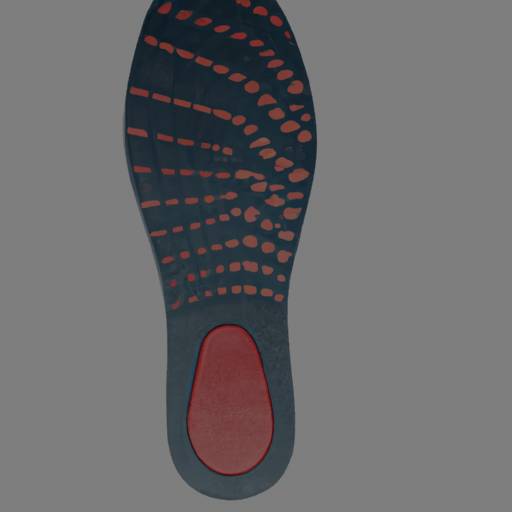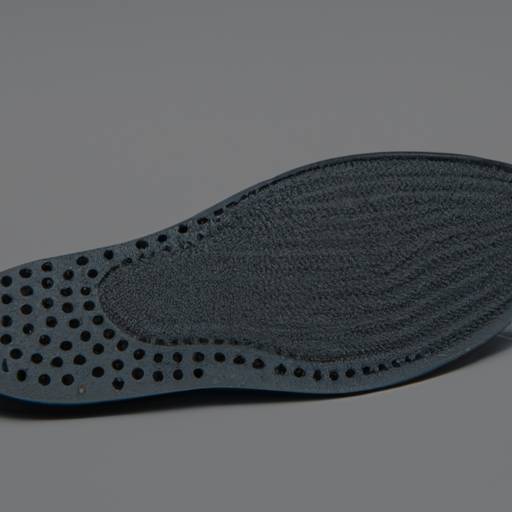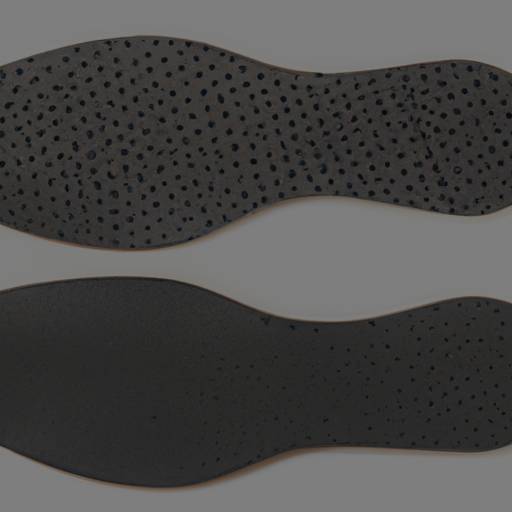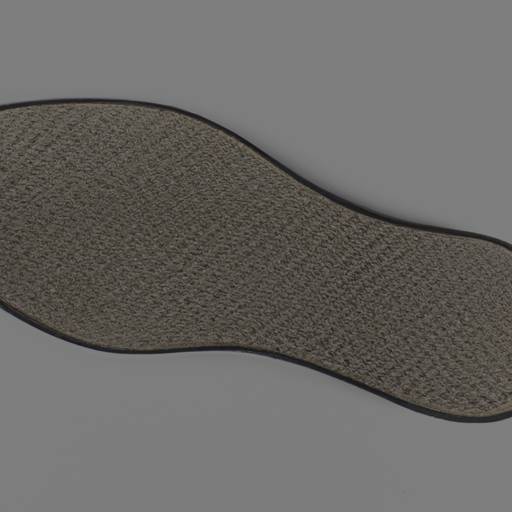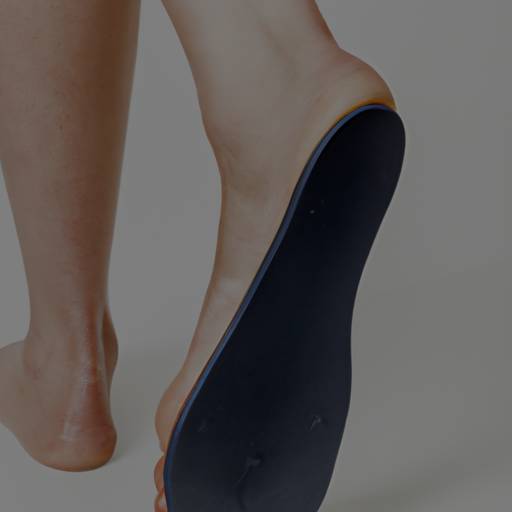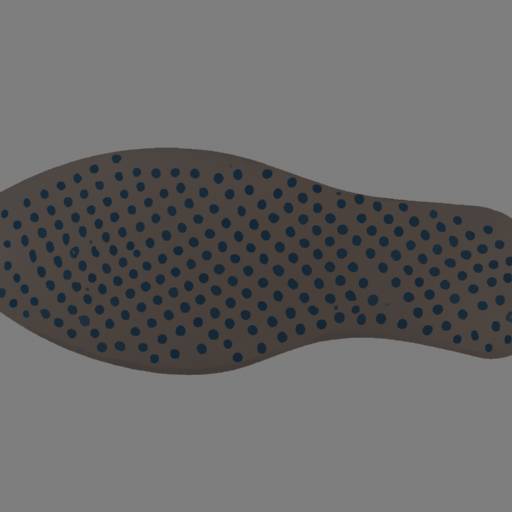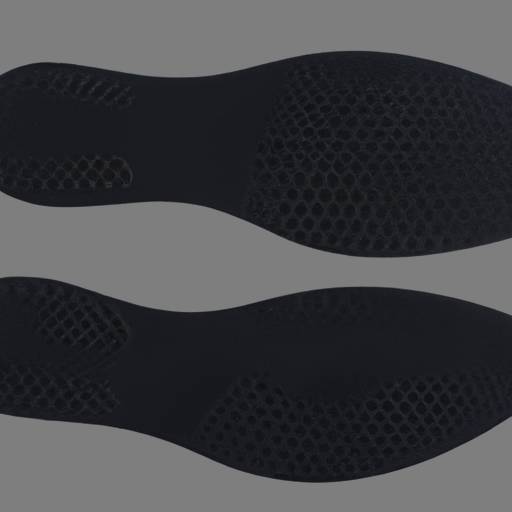Why Flat Feet Benefit from Arch Support Insoles
Understanding Flat Feet
Flat feet, also known as fallen arches or pes planus, is a common foot condition where the arches of the feet are significantly flattened or nonexistent. This can cause the entire sole of the foot to come into contact with the ground when standing or walking.
What are Flat Feet?
Flat feet occur when the tendons and ligaments that support the foot’s arches are not properly developed or are weakened. This can be a result of genetic factors, certain medical conditions, or even an injury. Flat feet can be present from birth or develop over time.
Individuals with flat feet often have feet that appear to be flatter on the inside, and their arches may touch or nearly touch the ground. This lack of arch support can lead to various foot problems and discomfort.
Common Issues with Flat Feet
Having flat feet can lead to a range of issues and discomfort. Some common problems associated with flat feet include:
- Pronation: Flat feet can cause overpronation, which is an excessive inward rolling of the foot when walking or running. This can lead to poor alignment of the lower body and contribute to issues such as knee pain, shin splints, and plantar fasciitis.
- Foot and Ankle Pain: The lack of arch support can put additional strain on the feet and ankles, leading to pain and discomfort. This can be particularly noticeable after prolonged periods of standing or walking.
- Balance and Stability Issues: Flat feet can affect balance and stability, making it more challenging to engage in certain activities that require a stable base of support.
- Foot Fatigue: Individuals with flat feet may experience fatigue and tiredness in their feet more quickly than those with normal arches. This can be especially pronounced during physical activities or when wearing unsupportive footwear.
- Foot Deformities: In some cases, flat feet can contribute to the development of other foot deformities such as bunions or hammertoes.
Understanding the challenges associated with flat feet highlights the importance of finding adequate support. Arch support insoles can help address these issues and provide the necessary support and stability for individuals with flat feet. In the next section, we will explore how arch support insoles can be beneficial for flat feet.
The Importance of Arch Support
For individuals with flat feet, arch support is essential for maintaining proper foot alignment and preventing discomfort. Flat feet, also known as fallen arches, occur when the arches of the feet don’t have the typical curvature, causing the entire sole of the foot to make contact with the ground. This can lead to various issues such as foot pain, instability, and an increased risk of developing conditions like plantar fasciitis.
How Arch Support Insoles Help
Arch support insoles are specifically designed to provide additional support to the arches of the feet. These insoles are made with materials that offer a combination of cushioning and structural support, helping to alleviate stress on the feet and promote proper alignment.
By inserting arch support insoles into your shoes, you can effectively fill the gap between your foot and the ground, providing a supportive foundation. The insoles can help distribute weight more evenly across the foot, reducing pressure on certain areas and relieving discomfort. Additionally, they can help control excessive pronation (inward rolling of the foot), which is common among individuals with flat feet.
Benefits of Arch Support for Flat Feet
Wearing arch support insoles can bring several benefits to individuals with flat feet:
- Improved foot alignment: Arch support insoles help support the arches, promoting proper foot alignment and reducing strain on the feet, ankles, and lower legs.
- Reduced foot pain: By providing cushioning and support, arch support insoles can help alleviate foot pain associated with flat feet, such as arch pain, heel pain, and general foot fatigue.
- Enhanced stability: Arch support insoles can improve stability and balance by providing a more stable base for the feet, reducing the risk of falls or injuries.
- Prevention of overuse injuries: Flat feet can increase the risk of overuse injuries, such as plantar fasciitis and shin splints. Arch support insoles help minimize stress on the foot structures, reducing the likelihood of developing these conditions.
- Improved overall comfort: The additional support and cushioning provided by arch support insoles can enhance overall foot comfort, making daily activities more enjoyable.
When considering arch support insoles, it’s important to choose the right type that suits your specific needs and preferences. Different types of arch support insoles exist, including those made from memory foam, gel, or rigid materials. Consider factors such as comfort, durability, and the level of support required for your flat feet. For more information on finding the right insoles, check out our article on how to pick insoles.
Remember, while arch support insoles can be beneficial for individuals with flat feet, it’s always a good idea to consult with a healthcare professional, such as a podiatrist, for a proper evaluation and personalized recommendations based on your specific foot condition.
Finding the Right Arch Support Insoles
When it comes to addressing the needs of flat feet, arch support insoles can make a significant difference. These insoles provide the necessary support and stability to help alleviate common issues associated with flat feet. However, with a wide range of options available, it’s important to understand the different types of arch support insoles and consider the factors that can influence your choice.
Different Types of Arch Support Insoles
There are various types of arch support insoles designed to cater to different foot conditions and personal preferences. Here are some common types:
- Memory Foam Insoles: These insoles are made from a viscoelastic material that conforms to the shape of your foot, providing customized support and cushioning. They are known for their comfort and ability to distribute pressure evenly across the foot. For more information on memory foam insoles, check out our article on memory foam insoles.
- Rigid Arch Support Insoles: These insoles feature a firm and rigid construction that provides maximum support to the arch. They are particularly beneficial for individuals with severe flat feet or overpronation. Rigid arch support insoles help stabilize the foot and promote proper alignment. Learn more about rigid arch support insoles in our article on rigid arch support.
- Semi-Rigid Arch Support Insoles: These insoles offer a balance between support and flexibility. They provide moderate arch support while allowing some degree of foot movement. Semi-rigid arch support insoles are often recommended for individuals with mild to moderate flat feet or those who require a combination of support and cushioning.
- Custom Orthotics: These are specialized insoles that are custom-made to address specific foot conditions. Custom orthotics are created based on a detailed assessment of your feet, taking into consideration factors such as arch height, foot mechanics, and any existing foot conditions. They provide personalized support and can help alleviate discomfort associated with flat feet. To learn more about custom orthotics, see our article on custom rigid orthotics.
Factors to Consider When Choosing Insoles
When selecting arch support insoles for flat feet, it’s important to consider the following factors:
- Arch Height: Different individuals have varying arch heights, and the level of support needed may differ as well. Assess your arch height and choose insoles that provide adequate support for your specific needs.
- Foot Shape: Consider the shape of your foot, including factors such as pronation (the inward or outward rolling motion of the foot while walking or running). Insoles that align with your foot shape can help correct imbalances and promote better foot function.
- Comfort: Look for insoles made from materials that provide cushioning and shock absorption, ensuring overall comfort during wear. Comfortable insoles are more likely to be worn consistently, maximizing their benefits.
- Shoe Fit: Ensure that the insoles you choose fit properly in your shoes without causing discomfort or altering the fit. Insoles that are too large or small may not provide the intended support and may affect your overall comfort.
- Activity Level: Consider your activity level and the specific activities you engage in. Some insoles are designed for specific sports or high-impact activities, providing targeted support and stability.
By considering these factors and understanding the different types of arch support insoles available, you can make an informed decision when choosing the right insoles for your flat feet. It’s also important to note that insoles alone may not be a complete solution for addressing flat feet. Incorporating other strategies such as strengthening exercises, wearing appropriate footwear, and seeking professional advice can further enhance the management of flat feet.
Using Arch Support Insoles for Flat Feet
For individuals with flat feet, arch support insoles can provide much-needed stability and comfort. These insoles are designed to help alleviate the common issues associated with flat feet, such as overpronation and foot fatigue. In this section, we’ll explore the importance of proper fit and placement of arch support insoles, as well as the gradual adjustment and adaptation process.
Proper Fit and Placement
To experience the full benefits of arch support insoles, it’s essential to ensure a proper fit and correct placement within your shoes. When selecting insoles, choose the size that corresponds to your shoe size or trim them if necessary to fit your specific shoe type.
To place the insoles correctly, remove the existing insoles from your shoes, if possible. Insert the arch support insoles into your shoes, making sure that the arch support aligns with the natural arch of your foot. This helps to provide the necessary support and prevent excessive pronation.
Remember that each foot is unique, so it’s important to pay attention to how the insoles feel when you first start wearing them. If you experience any discomfort or pain, adjust or reposition the insoles as needed. It may take some trial and error to find the most comfortable fit, but the effort is worth it for the long-term benefits.
Gradual Adjustment and Adaptation
When introducing arch support insoles to your flat feet, it’s important to allow your feet time to adjust and adapt to the new support. Start by wearing the insoles for short periods, gradually increasing the duration each day. This helps your feet gradually get used to the new alignment and support provided by the insoles.
During the initial adjustment period, some individuals may experience mild discomfort or muscle soreness. This is normal as your feet and muscles adapt to the changes in alignment. If the discomfort persists or worsens over time, consult with a healthcare professional or a podiatrist for further guidance.
It’s also worth noting that arch support insoles are not a cure-all solution and may not be suitable for everyone. If you experience persistent pain or discomfort after using the insoles, it’s important to seek professional advice to determine the underlying cause and explore other treatment options.
By ensuring proper fit and placement, as well as allowing for gradual adjustment and adaptation, you can optimize the benefits of arch support insoles for your flat feet. Remember to listen to your body and consult with a healthcare professional if you have any concerns or questions regarding the use of arch support insoles.
Continue to explore other strategies for managing flat feet, such as strengthening exercises and shoes and footwear considerations. Taking a holistic approach to managing flat feet can help improve your overall foot health and enhance your comfort and mobility.
Other Strategies for Managing Flat Feet
In addition to using arch support insoles to alleviate the discomfort associated with flat feet, there are several other strategies that can help manage this condition effectively. These strategies include strengthening exercises, shoes and footwear considerations, and seeking professional advice.
Strengthening Exercises for Flat Feet
Regularly performing specific exercises targeting the muscles of the feet and legs can help strengthen and stabilize the arches. These exercises may include toe curls, calf stretches, heel raises, and ankle rotations. By strengthening the muscles that support the arch, you can improve the overall alignment and stability of your feet. For a detailed guide on strengthening exercises for flat feet, check out our article on flat foot custom insoles.
Shoes and Footwear Considerations
Choosing the right shoes and footwear is crucial for individuals with flat feet. Opt for shoes that provide adequate arch support and maintain proper alignment for your feet. Look for shoes with built-in arch support or consider using orthotic inserts to enhance support and stability. It’s important to ensure that the shoes fit properly and have enough room for your feet to avoid discomfort and potential issues. For more information on selecting the best shoes and insoles, refer to our article on what shoe brands do podiatrists recommend.
Seeking Professional Advice
If you’re experiencing persistent pain or discomfort due to flat feet, it’s recommended to seek professional advice from a podiatrist or orthopedic specialist. These healthcare professionals can assess your specific condition and provide personalized recommendations. They may suggest custom orthotics or other interventions based on the severity of your flat feet and any accompanying symptoms. Seeking professional guidance ensures that you receive the most appropriate treatment plan tailored to your individual needs.
By incorporating these additional strategies into your flat feet management routine, you can further support your feet and alleviate discomfort. Remember that a comprehensive approach, including arch support insoles, exercises, proper footwear, and professional advice, can contribute to better foot health and overall well-being.

